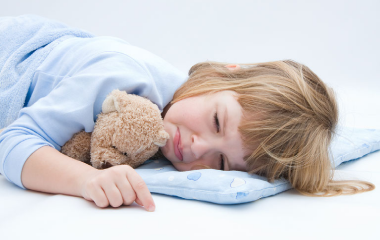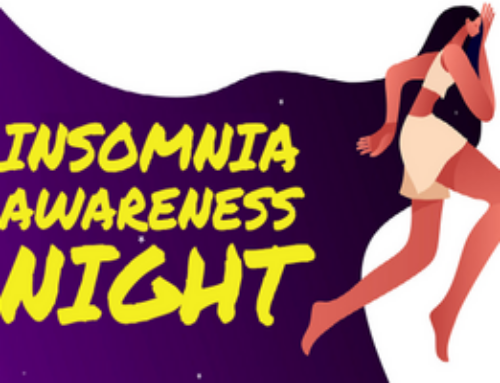Parasomnias are sleep disorders that involve undesirable events and experiences. These behaviors are common in children. For the most part, they are a normal part of childhood.
Some of these disorders are similar to one another. They share some common features. The following chart will help you distinguish one parasomnia from another.
Although they tend to be common and harmless, parasomnias can be a severe problem for some children. You should contact an AASM accredited sleep disorders center if a sleep problem greatly disturbs your child.
| . | Nightmare disorder | Sleep terrors | Sleepwalking | Confusional arousals |
| How many children it affects | Almost all | Less than 10 percent | Less than 20 percent | Less than 20 percent |
| Age when it is most common | Between 6 and 10 years | Between 4 and 12 years | Between 8 and 12 years | Under 5 years |
| Primary emotion | Fear | Fear and confusion | Confusion | Confusion |
| Behavior | Wakes up suddenly | Sits up and screams | Gets out of bed and walks | Sits up and stares ahead, thrashes around in bed |
| Appearance | Afraid and alert | Terrified and confused, shaking and sweating | Calm | Agitated and confused |
| Sounds | Cries and describes a dream | Loud scream or cry | Quiet | Confused speech, cries or yells |
| Response | Seeks comforting | Unresponsive or resists comforting | Unresponsive | Agitated and resists comforting |
| Return to normal sleep | Delayed | Rapid | Rapid | Rapid |
| Memory of the event | Clear recall | No recall | Little or no recall | Little or no recall |
Originally published by the American Academy of Sleep Medicine July 11, 2007





